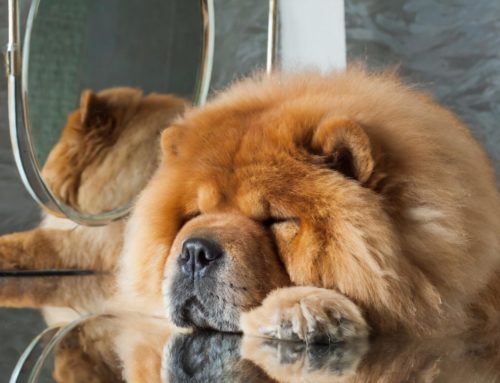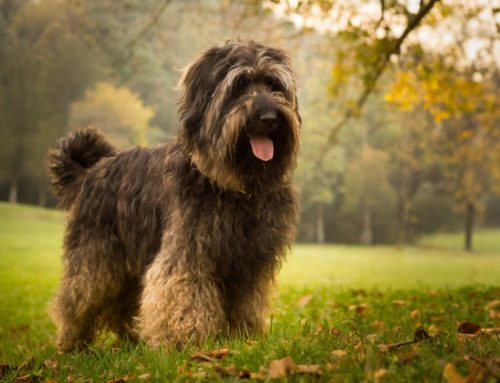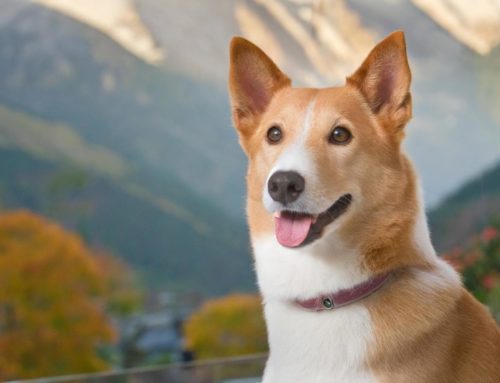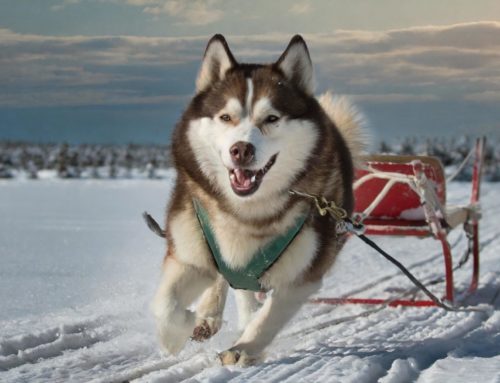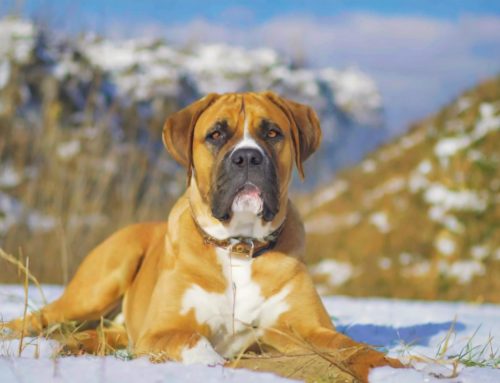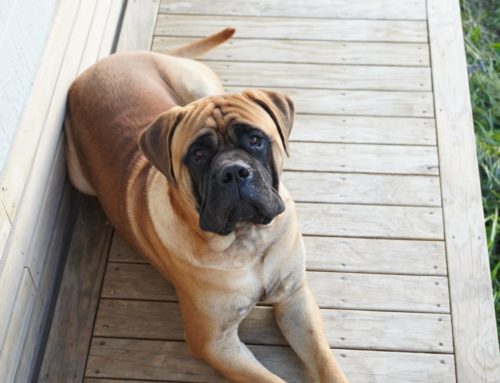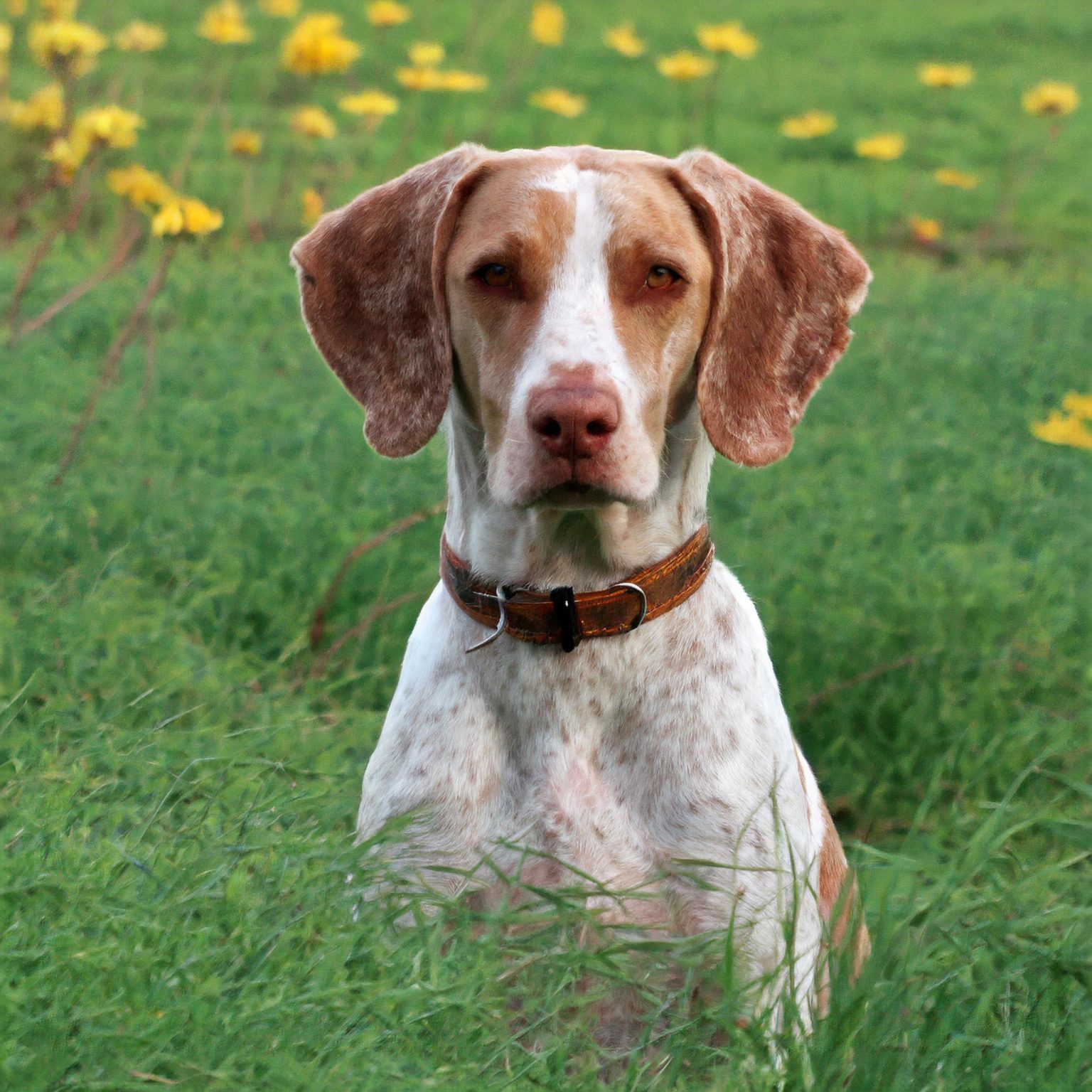
The Braque de l’Ariège, a dog breed native to the Ariège region of southern France, is an elegant and energetic hunting dog with a rich history. Also known as the Ariège Pointer, this breed is large and lively, and is known for its excellent hunting skills and stamina, making it exceptionally versatile in hunting.
The development of the Braque de l’Ariège is closely linked to other French pointers, such as the Braque Français and the Braque Saint-Germain. It originated in the 20th century through crosses between these breeds and the Braque de Toulouse.
These crosses resulted in a dog that is more nimble and elegant than its predecessors, but remains among the largest and most powerful of pointers.
FCI group 7 Pointing dogs
A robust and energetic hunting dog, the Braque de l’Ariège is a prominent member of the FCI Group 7, which includes all pointing dog breeds. This group consists of breeds mainly used for hunting, with the Braque de l’Ariège standing out for its excellent hunting skills and quick learning ability.
The breed originated in the Ariège region of France and is known for its unique physical features and working characteristics. According to the breed standard, the Braque de l’Ariège has a lean but well-proportioned skull, and the ears hang down.
These dogs are selected for their prowess in hunting, and their robust physique enables them to cover long distances over rough terrain. Despite their independent nature, they are quick to train and respond well to consistent upbringing from puppyhood.
The appearance of the Braque de l’Ariege
The Braque de l’Ariège is an elegant and athletic appearance, typical of the French standing dog breeds. With a height at the withers ranging between 56 and 67 centimeters, this breed shows a harmonious balance between strength and grace.
Its coat is short, fine and usually white with orange or sometimes light brown markings, emphasizing both its practical hunting history and its aesthetic appeal. Its expressive head with a long, somewhat dry muzzle, brown eyes full of softness and large drooping ears give the Braque de l’Ariège an intelligent and alert expression.
The body is strong and well proportioned, with a straight back and a deep chest, indicating its stamina and ability to travel long distances.
The limbs are straight and muscular, with a powerful build suitable for both speed and agility in various terrains. The tail is usually carried in harmony with the back line, contributing to the elegant appearance of the breed.
Hereditary diseases and conditions
- Hip dysplasia: A condition in which the hip joints are abnormally developed, which can lead to arthritis and pain.
- Elbow dysplasia: Similar to hip dysplasia, but in the elbows.
- Ear infections: Because of their drooping ears, they are more prone to ear infections that require regular monitoring and cleaning.
- Skin conditions: These can range from allergies to more specific skin conditions.
- Heart conditions: Some dogs may be prone to various heart conditions.
- Eye conditions: Includes hereditary conditions such as cataracts or glaucoma.
- Gastric dilatation-volvulus (stomach torsion): A serious condition that includes sudden swelling of the stomach, often associated with large breeds.
The character of the Braque de l’Ariège
Related to the Braque de Toulouse et Bracco Italiano, this breed is notable for its stamina to hunt over rough terrain and its impressive sense of smell, making it a favourite among hunters.
These dogs tend to be larger in size and have a distinctive coat that sometimes appears only on the skin. As puppies, they require consistent care and nutritious dog food to support their growth and health.
The Braque de l’Ariège is known as a highly energetic dog that needs plenty of exercise. This breed is best suited to an active lifestyle and enjoys activities such as jogging and fetching.
Despite their independent nature, they are very affectionate and get along well with other pets and children, provided they are well socialised from puppyhood.
Their versatility and adaptability make them widely useful in hunting, but also as loyal companions. Their nutritional and training needs can vary, so it is essential to choose a dog food and training regime that suits their energetic lifestyle.
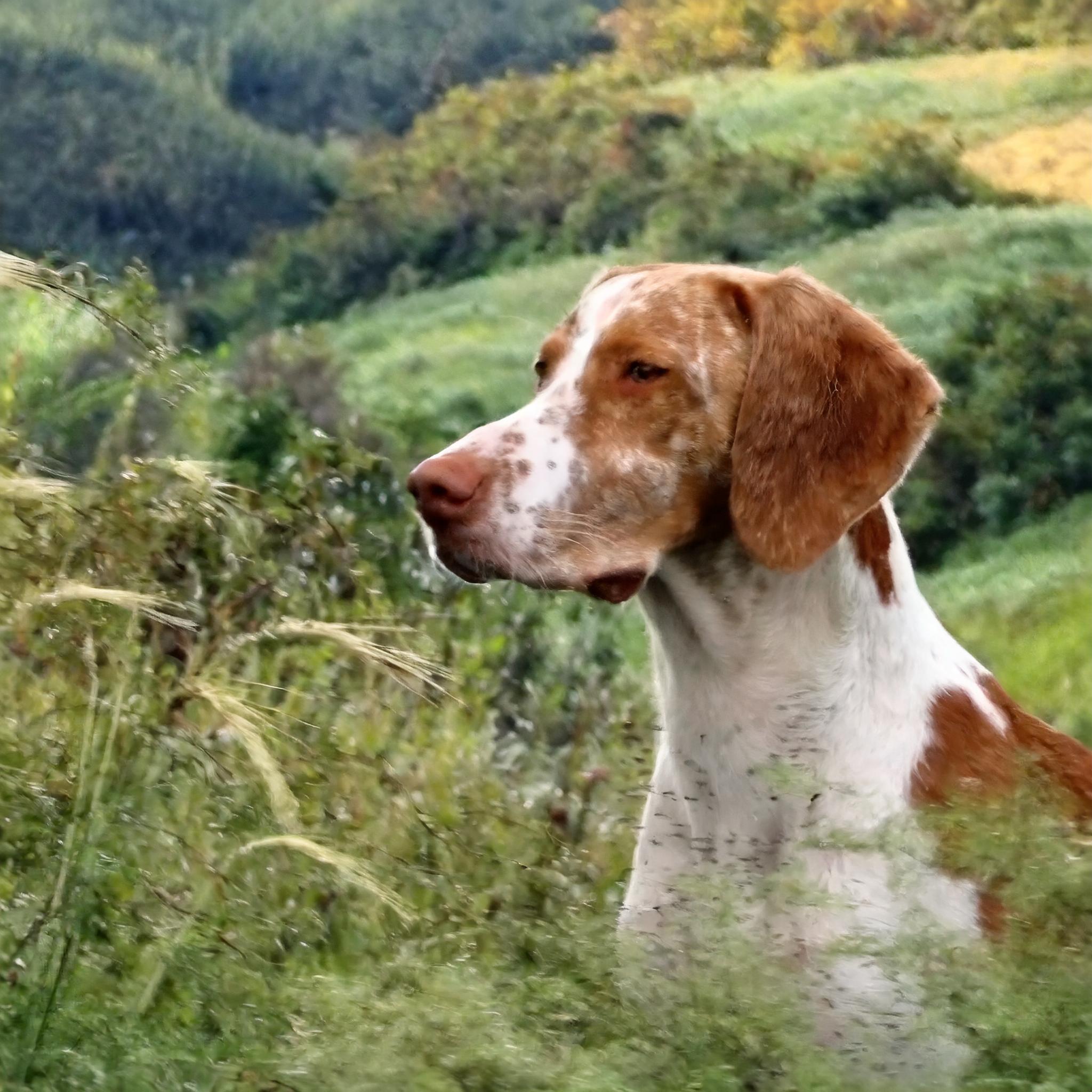
The Care of the Braque de l’Ariège
Caring for a Braque de l’Ariège requires attention to both their physical and mental well-being. This breed has a short, sometimes rough coat that should be brushed regularly to remove loose hairs and keep the skin healthy.
Their ears, which hang down, should be checked and cleaned regularly to prevent infections, especially as they can be prone to ear problems. As an active hunting dog, the Braque de l’Ariège needs plenty of exercise. Daily walks, jogging or playtime in a safe environment help to release their energy and boost their mental health.
These dogs are intelligent and love mental challenges, so training and brain-stimulating games are essential. Nutrition is also important; ensure a balanced diet appropriate to their age, size and activity level.
Socialisation and upbringing of the Braque de l’Ariège
The socialisation and upbringing of a Braque de l’Ariège are crucial to its development into a well-adjusted dog. As an energetic and intelligent breed, the Braque de l’Ariège requires early socialisation to respond positively to different situations and people.
It is important to introduce the puppy to various sounds, smells, people and other dogs at an early age. This helps him grow into a confident and well-socialised adult dog. Consistent and positive training methods work best for this breed. They respond well to rewards and positive reinforcement.
Their quick learning ability makes them receptive to training, but their sometimes stubborn nature requires a consistent and patient approach. It is essential to set clear boundaries and enforce them consistently. The Braque de l’Ariège needs plenty of exercise and enjoys activities such as jogging, fetch and agility training.
These activities offer not only physical challenges, but also mental stimulation, which helps prevent unwanted behaviour.
How much experience does a Braque de l’Ariège require
The Braque de l’Ariège, This dog breed, can be challenging for inexperienced dog owners. This breed requires consistent training and adequate exercise, which means owning a Braque de l’Ariège requires considerable dedication and understanding of dog behaviour.
For experienced dog owners familiar with active and independent breeds, the Braque de l’Ariège can be an excellent choice. Their experience in training and behaviour management will help them deal effectively with the challenges this breed can present.
They will be better able to channel the dog’s energy and intelligence into positive activities. However, inexperienced owners can also be successful with this breed, provided they are willing to immerse themselves in dog training and are patient in their approach. It is important for them to invest in training from an early age.
Is training necessary?
Training is essential for the Braque de l’Ariège. As an active hunting dog, the Braque de l’Ariège has a natural tendency to act independently and can sometimes be stubborn. Consistent and structured training from an early age is therefore crucial.
These dogs have a natural talent for hunting and retrieving, which means they learn quickly and enjoy working with their owner. Training not only helps control their energy, but also contributes to their mental stimulation. The breed responds well to positive reinforcement and reward-based training techniques.
Without sufficient training, the Braque de l’Ariège may express its energy in a destructive way or develop unwanted behaviour. Training also helps socialise the dog, which is important to ensure he gets along well with other dogs, animals and people.
How much exercise does a Braque de l’Ariège need?
The Braque de l’Ariège, requires considerable daily exercise to stay healthy both physically and mentally. This breed is known for its stamina and agility, which means it is not enough to just take short walks. An adult Braque de l’Ariège ideally needs at least one to two hours of exercise a day.
This exercise can include long walks, jogging, playing in a safe, fenced area, or participating in dog sports such as fetch or agility. The breed needs not only physical stimulation, but also mental challenges. Training sessions and interactive games help keep their minds sharp.
Given their background as hunting dogs, they enjoy activities that appeal to their natural instincts, such as tracking or fetching. It is also advisable to offer them varied activities to prevent boredom.
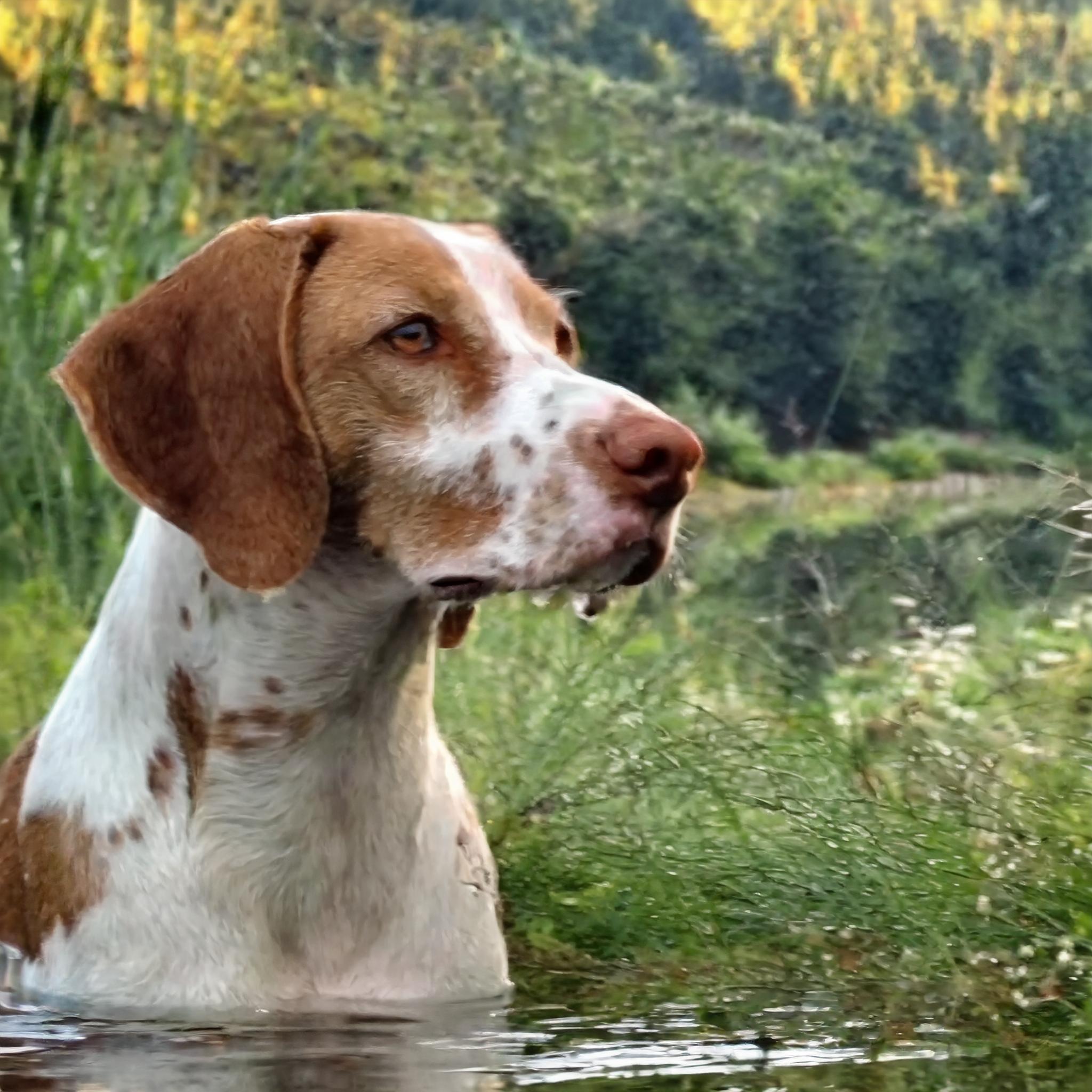
How is it getting along with children?
The Braque de l’Ariège is known for its friendly and affectionate nature, which generally makes it a good companion for families with children.
This breed is known for being gentle and patient with children, provided they are properly socialised and trained. Their energetic and playful nature often makes them a favourite with children, who enjoy playing and spending time with them.
However, it is important to remember that, as with any dog, interactions between young children and a Braque de l’Ariège should be supervised. This ensures that both dog and child know how to interact safely and respectfully. Teaching boundaries and respecting the dog’s space is crucial.
The Braque de l’Ariège is intelligent and learns quickly, which facilitates training and socialisation with children and other pets. Early socialisation and positive training methods are essential to ensure they grow up to be balanced and well-mannered dogs.
Benefits of a Braque de l’Ariège
- Affectionate and Friendly: These dogs are known for their loving and affectionate nature, which makes them excellent companions.
- Energetic and Playful: They are very active and enjoy long walks, making them ideal for active families or individuals.
- Intelligence: The Braque de l’Ariège learns quickly and is easy to train, which is useful in both hunting and obedience training.
- Good Hunters: With their excellent sense of smell and hunting instincts, they are suitable for various hunting activities.
- Good Guard Dogs: They are vigilant and can protect their family if needed.
Disadvantages of a Braque de l’Ariège
- Lots of Exercise Needed: This breed requires a lot of physical and mental stimulation, which can be a challenge for less active owners.
- Interaction with Other Pets: Due to their hunting instinct, they can sometimes have difficulty with other pets, especially smaller animals.
- Maintenance Coat: Their coat requires regular maintenance, including brushing and possibly trimming.
- Potential Health Problems: Like many breeds, the Braque de l’Ariège can be prone to certain hereditary health problems.
- Space requirements: They are best suited to a home with a spacious garden, as they need plenty of space to run around and play.
How old a Braque de l’Ariège gets
Known for its energetic and robust nature, the Braque de l’Ariège has an average life expectancy similar to that of other medium to large dog breeds.
These dogs typically live to be between 10 and 14 years old. However, as with all breeds, an individual dog’s lifespan can vary depending on various factors such as genetics, lifestyle, diet and general health care.
Price of a Braque de l’Ariège
The Braque de l’Ariège, a distinguished French pointer characterized by its short, speckled coat, is quite rare in the United States. If you’re interested in this breed, here’s a look at what to anticipate regarding cost, breeds with similar traits, and further advice:
Cost of a Braque de l’Ariège Puppy in the U.S.:
- Estimated Price Range: Due to its rarity, it’s hard to specify a precise price. However, you might anticipate costs ranging from $1,500 to $3,000 for a puppy from a well-regarded breeder, if one is available.
Price Influencing Factors:
- Breeder’s Reputation: It may prove difficult to find a U.S. breeder focused on Braque de l’Ariège. Breeders with distinguished imported lineages are likely to request higher prices.
- Pedigree: Puppies registered with notable canine organizations may carry a premium over non-registered counterparts.
- Location Impact: The scarcity of breeders means location may not greatly influence price as with more common dog breeds.
Comparable Breeds:
With Braque de l’Ariège’s limited presence, consider these similar breeds available in the U.S.:
- Braque Français: Known for its agility and trainability, typically priced between $1,000 and $2,500.
- German Wirehaired Pointer: Versatile hunters with a coarse coat, with prices usually between $800 and $2,000.
- Weimaraner: Distinguished by a sleek, silver coat and a loyal temperament, priced around $1,000 to $2,000.
Additional Guidance:
- Thorough Research: These dogs, bred for hunting, need ample physical and mental engagement. Ensure you’re prepared for their active lifestyle requirements.
- Alternative Adoption Options: With the breed’s scarcity, consider adopting a similar breed or mixed breed that embodies comparable traits from a shelter or rescue.
- Seeking Specialty Organizations: While direct resources may be scarce, affiliating with groups like the Club du Braque Français could offer connections or guidance toward acquiring a Braque de l’Ariège.
- Anticipate Waiting Lists: Interest in this breed might necessitate patience, potentially joining waiting lists due to the sporadic nature of available litters.
